The Mecum Monterey Auction 2012 was held August 16-18 at the Hyatt Regency Monterey Hotel and Spa in Monterey, California, resulting in sales expected to exceed $34 million once final figures including “Bid Goes On” post-auction sales are tallied. The results represent an increase of more than 65% over last year’s figures.
Top sale at the 4th annual Mecum Monterey sale went to the Can-Am Championship-winning 1972 Porsche 917/10 Spyder at $5,830,000.
Throughout the three-day event, Mecum sold a total of 30 Porsches, which contributed more than $10 Million to the weekend totals. Each day of the auction saw a standing-room-only audience as Mecum led the way in Monterey with sales figures by volume for a total of 364 vehicles sold.
Other notable results at the 2012 Mecum Monterey sale included the 1908 Simplex 50 Speedcar Roadster, the oldest Simplex known to exist, that sold for $2,014,000, the 1972 Ferrari 365 GTB/4 Daytona Spider, with only 21,185 miles, that brought $1,113,000, the 1974 Porsche 911 RSR IROC that fetched a strong $927,500 and the 1973 Porsche 911 Carrera RS Lightweight that made $498,200.
Dana Mecum, President and CEO commented, “It’s great to see such incredible growth for a young sale like our daytime auction in Monterey which is only in its 4th year, and I’m happy that our team was able to produce great results for our customers.”
Mecum Monterey 2012 – Top Ten Auction Results
1. 1972 Porsche 917/10 Spyder – $5,830,000
2. 1908 Simplex 50 Speedcar Roadster – $2,014,000
3. 1972 Ferrari 365 GTB/4 Daytona Spider – $1,113,000
4. 1974 Porsche 911 RSR IROC – $927,500
5. 1987 Porsche 962 – $874,500
6. 1956 Mercedes-Benz 300SL Gullwing – $715,500
7. 1965 Shelby Cobra 289 Roadster CSX2428 – $636,000
8. 1968 Chevrolet Corvette L88 Convertible – $609,500
9. 1961 Mercedes-Benz 300SL Roadster – $609,500
10. 1973 Porsche 911 Carrera RS Lightweight – $498,200
For complete auction results, visit www.Mecum.com.
[Source: Mecum Auctions]


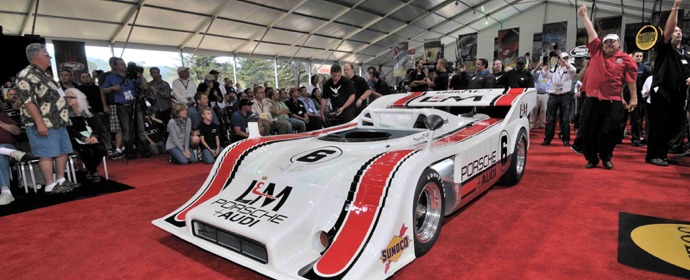
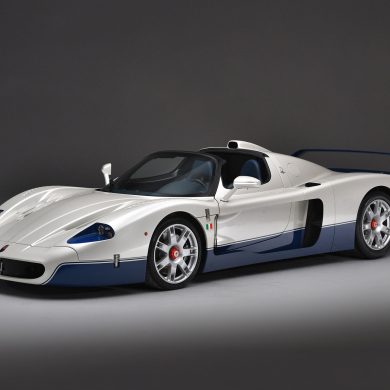
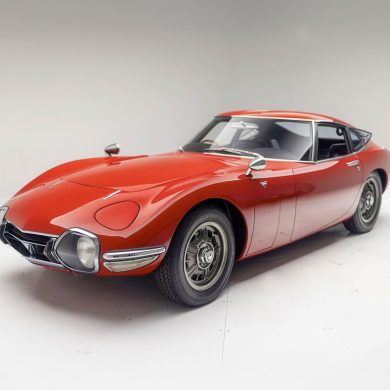
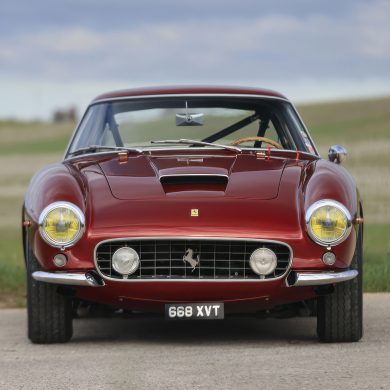


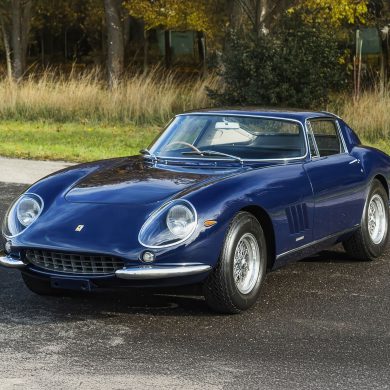


We were at this auction, There were a ton of no sales , or should i say ” The Bid Goes on”
How do they get off adding those into the final numbers ?
Post-block sales are a common practice at all auction houses, so it makes sense to add those additional sales into their final numbers.
I’ll amplify on the earlier comment.
The auctions’ job is to conclude transactions with money and cars exchanging hands. They do it on the block, and in negotiations after the sale.
As a general rule they retain the right to sell a car for about 30 days after the auction, thus facilitating their negotiations and preventing buyers from “curbstoning” the cars, i.e., approaching a consignor after the sale and negotiating a private deal that cheats the auction company — which has given the car exposure and brought it to the attention of potential buyers — out of its commission.
A significant number of cars get closed after they leave the auction block. When we can identify them from on-site observation or peculiar numbers (e.g., a final price that doesn’t translate into a reasonable bid amount after deducting the commission) we identify them in the auction results as a post-block sale.
But it is a legitimate part of the auction process and of the auction companies’ performance in computing the aggregate numbers. Our job is to document the values at which cars change hands, whether on the block or in a post-block negotiation.
Eventually the connection between the auction and a post-block transaction becomes too tenuous to be reported as a sale. As a rule of thumb I put it at about a week or ten days, or maybe just when I take the auction company’s results and put them into an auction report.
Rick